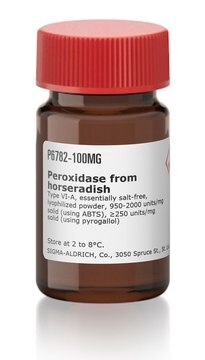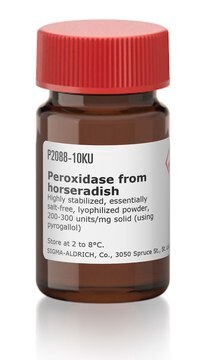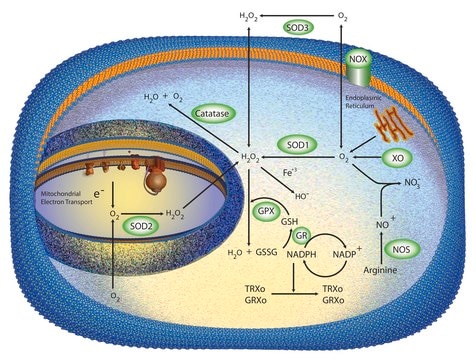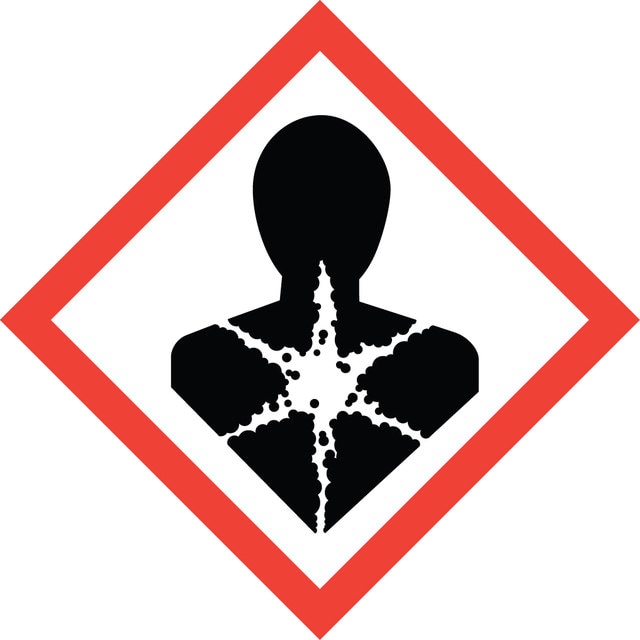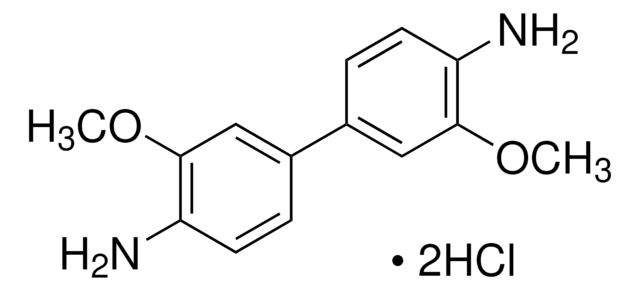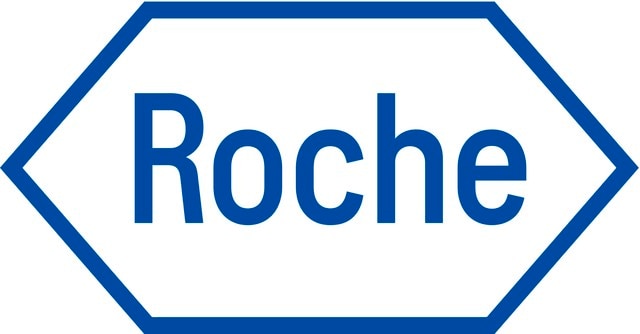P8250
Peroxidase from horseradish
Type II, essentially salt-free, lyophilized powder, 150-250 units/mg solid (using pyrogallol)
Synonym(s):
Donor:hydrogen-peroxide oxidoreductase, Horseradish peroxidase
About This Item
Recommended Products
biological source
horseradish
Quality Level
type
Type II
form
essentially salt-free, lyophilized powder
specific activity
150-250 units/mg solid (using pyrogallol)
mol wt
~44 kDa
solubility
0.1 M phosphate buffer: soluble (pH 6.0)
H2O: soluble
absorbance ratio
RZ ≥1.8
application(s)
diagnostic assay manufacturing
storage temp.
2-8°C
InChI
1S/H2O3/c1-3-2/h1-2H
InChI key
JSPLKZUTYZBBKA-UHFFFAOYSA-N
Looking for similar products? Visit Product Comparison Guide
Related Categories
General description
Application
Biochem/physiol Actions
Quality
Unit Definition
Analysis Note
Other Notes
inhibitor
substrate
signalword
Danger
hcodes
pcodes
Hazard Classifications
Resp. Sens. 1
wgk_germany
WGK 1
ppe
Eyeshields, Gloves, type N95 (US)
Certificates of Analysis (COA)
Search for Certificates of Analysis (COA) by entering the products Lot/Batch Number. Lot and Batch Numbers can be found on a product’s label following the words ‘Lot’ or ‘Batch’.
Already Own This Product?
Find documentation for the products that you have recently purchased in the Document Library.
Customers Also Viewed
Our team of scientists has experience in all areas of research including Life Science, Material Science, Chemical Synthesis, Chromatography, Analytical and many others.
Contact Technical Service
